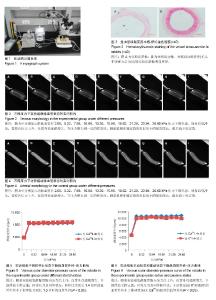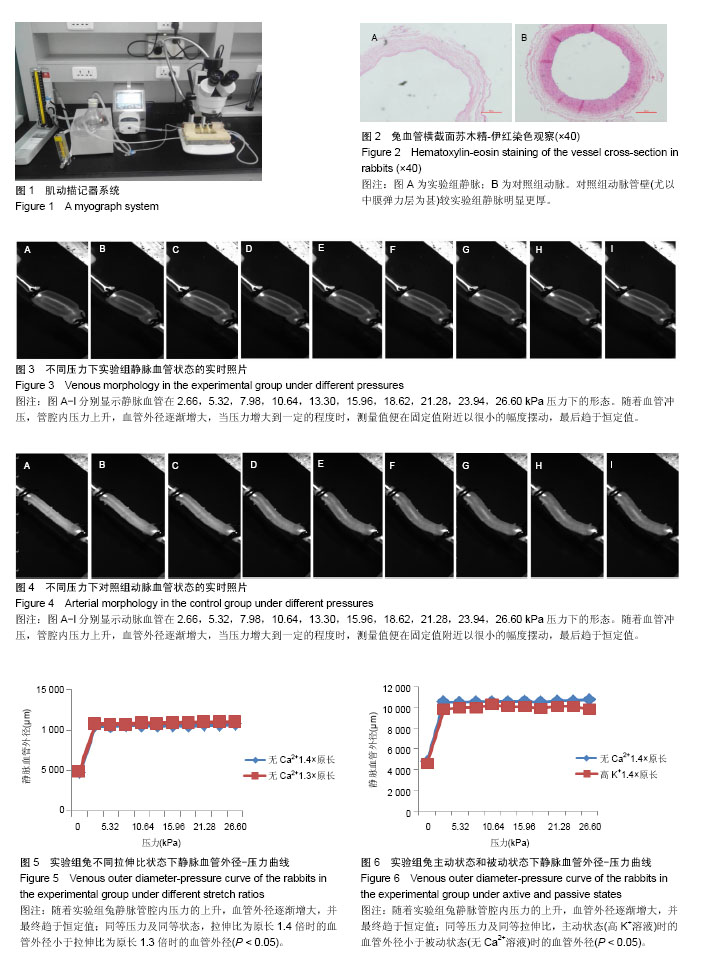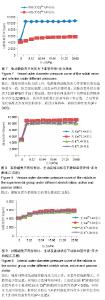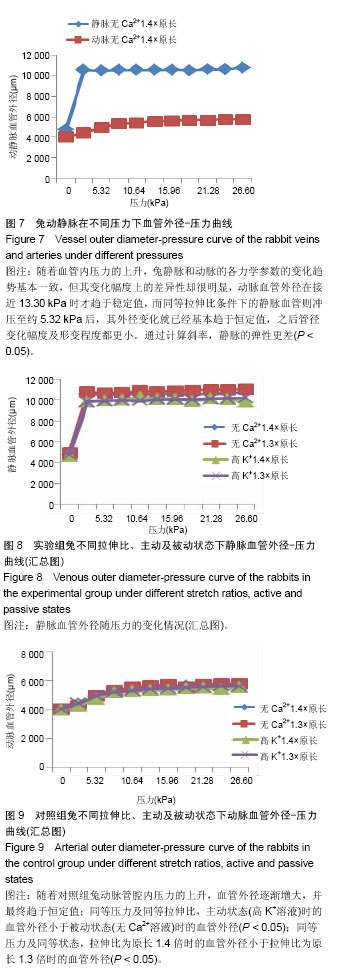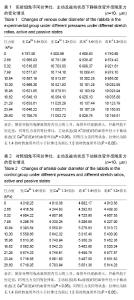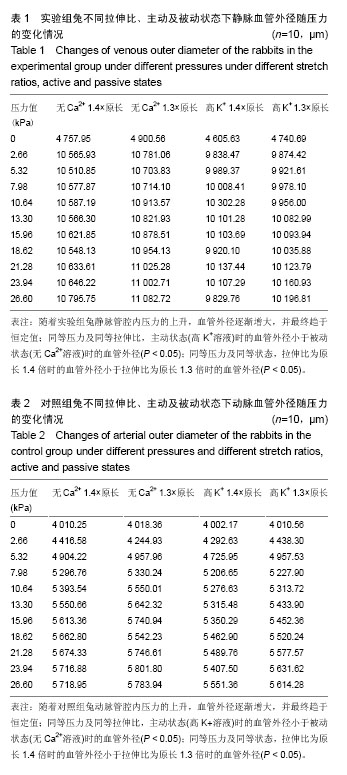| [1] Fernández-Ruiz I.Coronary artery disease: CABG surgery or PCI for left main CAD?. Nat Rev Cardiol. 2017;14(1):3. [2] Tranbaugh RF, Schwann TA, Swistel DG, et al.Coronary Artery Bypass Graft Surgery Using the Radial Artery, Right Internal Thoracic Artery, or Saphenous Vein as the Second Conduit.Ann Thorac Surg.2017; 104(2):553-559.[3] Zhu Y, Chen A, Wang Z, et al.Ten-year real-life effectiveness of coronary artery bypass using radial artery or great saphenous vein grafts in a single centre Chinese hospital. Interact Cardiovasc Thorac Surg. 2017;25(4):559-564.[4] Parissis H, Ramesh BC, Al-Alao B. Which is the best graft for the right coronary artery?. Asian Cardiovasc Thorac Ann. 2015;23(1):100-113.[5] Yamasaki M, Deb S, Tsubota H, et al. Comparison of Radial Artery and Saphenous Vein Graft Stenosis More Than 5 Years After Coronary Artery Bypass Grafting.Ann Thorac Surg.2016,102(3):712-719. [6] 郭占芳,梁向党,邹秀强,等.血流动力学变化对大鼠颈动静脉移植血管重构影响的研究[J].解放军医药杂志, 2015(3):32-36.[7] 胡亚兰,张绵,郑华,等.冠状动脉旁路移植术后血管麻痹综合征的血流动力学变化[J].中国现代医药杂志, 2017,19(9):27-30.[8] Mróz I, Kielczewski S, Pawlicki D, et al.Blood vessels of the shin - anterior tibial artery - anatomy and embryology - own studies and review of the literature.Folia Med Cracov. 2016;56(1):33-47.[9] Com I,Com I,Com I.High Blood Pressure: What You Need to Know. Family Youth & Community Sciences. 2017.[10] Nguyen TU,Bashur CA,Kishore V.Impact of elastin incorporation into electrochemically aligned collagen fibers on mechanical properties and smooth muscle cell phenotype. Biomed Mater. 2016;11(2):025008.[11] Murrell M,Oakes PW,Lenz M,et al.Forcing cells into shape: the mechanics of actomyosin contractility. Nat Rev Mol Cell Biol. 2015; 16(8):486-498.[12] 宋庆和,刘志强,杨文明,等.彩色数字全息测量杨氏模量[J].光子学报, 2018,47(1):209-215.[13] Zheling Li,Robert J.Young,Neil R.Wilson,et al.Effect of the orientation of graphene-based nanoplatelets upon the Young's modulus of nanocomposites.Composites Science and Technology.2016; 123: 125-133.[14] Wang Y, Zeinali-Davarani S, Davis EC, et al.Effect of glucose on the biomechanical function of arterial elastin.J Mech Behav Biomed Mater. 2015 Sep;49:244-254. [15] 雷亚楠,丁皓,兰海莲,等.血管张应力体外加载装置的研制[J].中国组织工程研究,2015, 19(38):6205-6210.[16] Matsumoto T,Sugita S,Yaguchi T.Biomechanics of Blood Vessels: Structure, Mechanics, and Adaptation[M]// Advances in Metallic Biomaterials.Springer Berlin Heidelberg.2015:71-98.[17] Ligler FS,Adams AA,Daniele M.Micro blood vessels and tissue ducts: US.US9157060[P].2015.[18] Huo Y, Choy JS, Wischgoll T, et al.Computed tomography-based diagnosis of diffuse compensatory enlargement of coronary arteries using scaling power laws. J R Soc Interface.2013;10(81):20121015.[19] Huo Y,Kassab GS.Scaling laws of coronary circulation in health and disease.J Biomech.2016;49(12):2531-2539.[20] 杨栋,李宇罡,吕俊远,等.家兔移植静脉吻合口狭窄腔内治疗模型的建立[J].中华血管外科杂志,2017, 2(1):54-57. |
